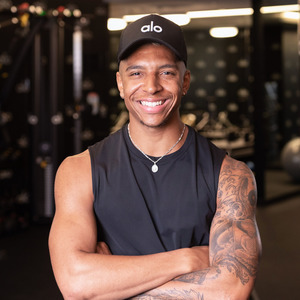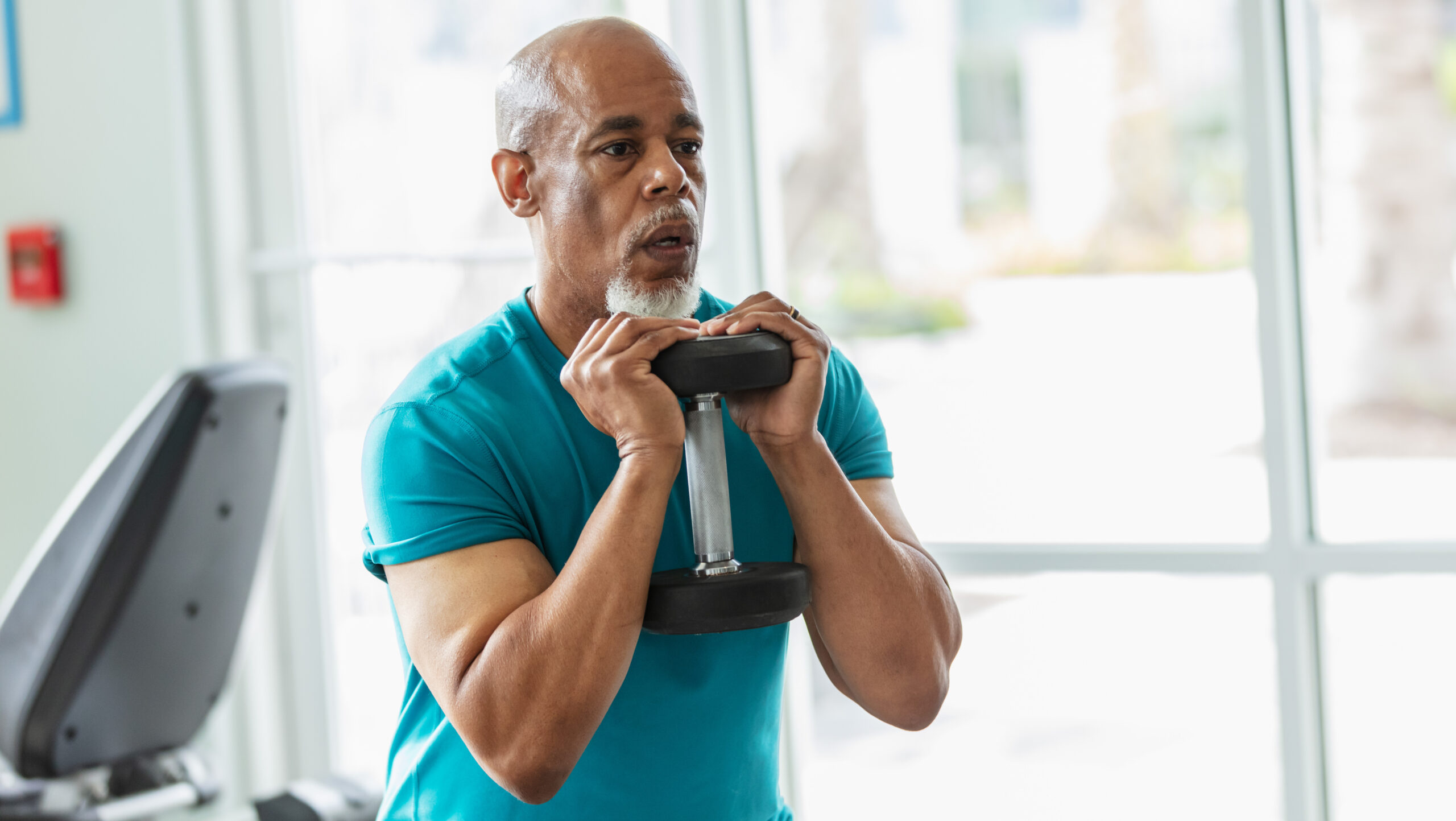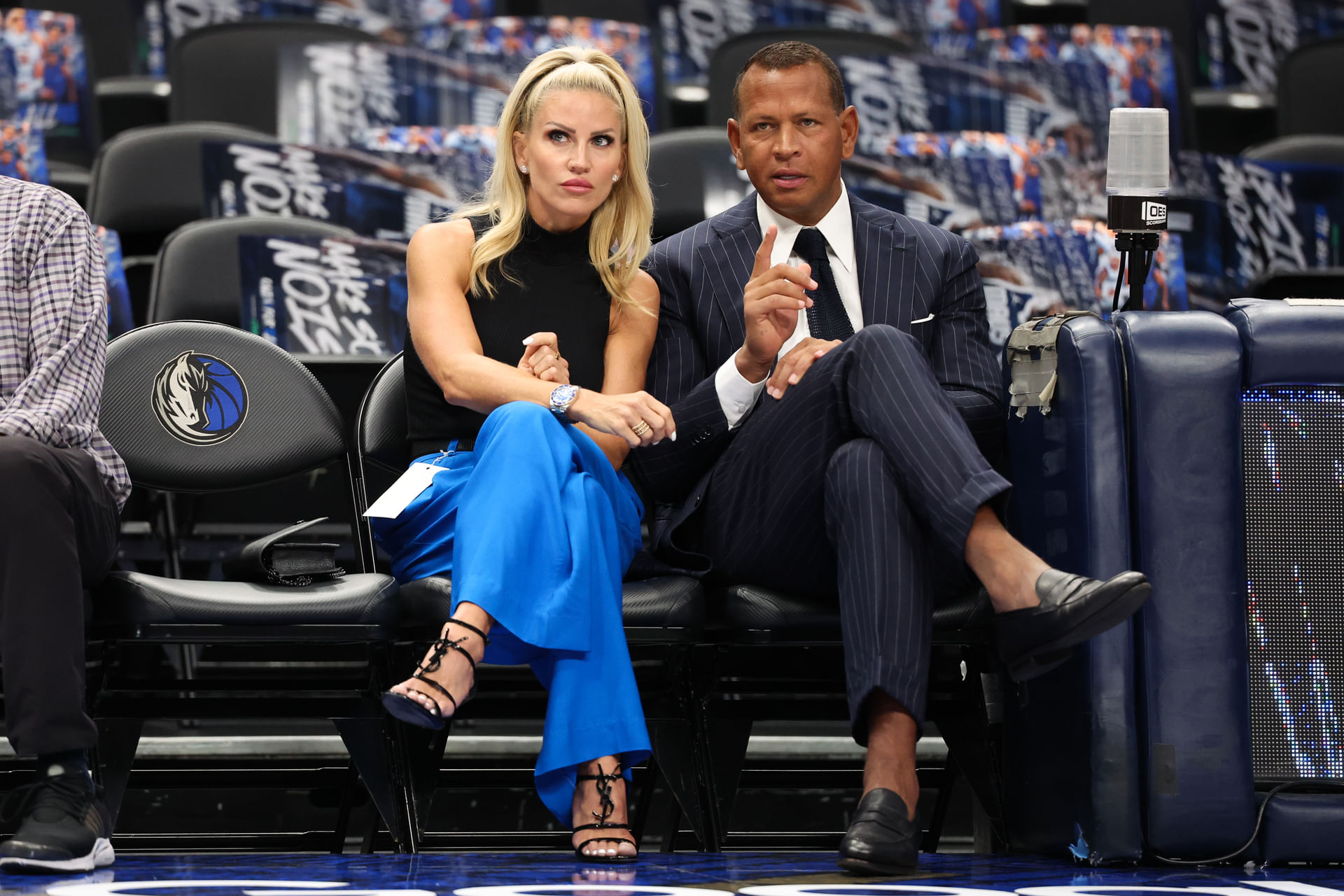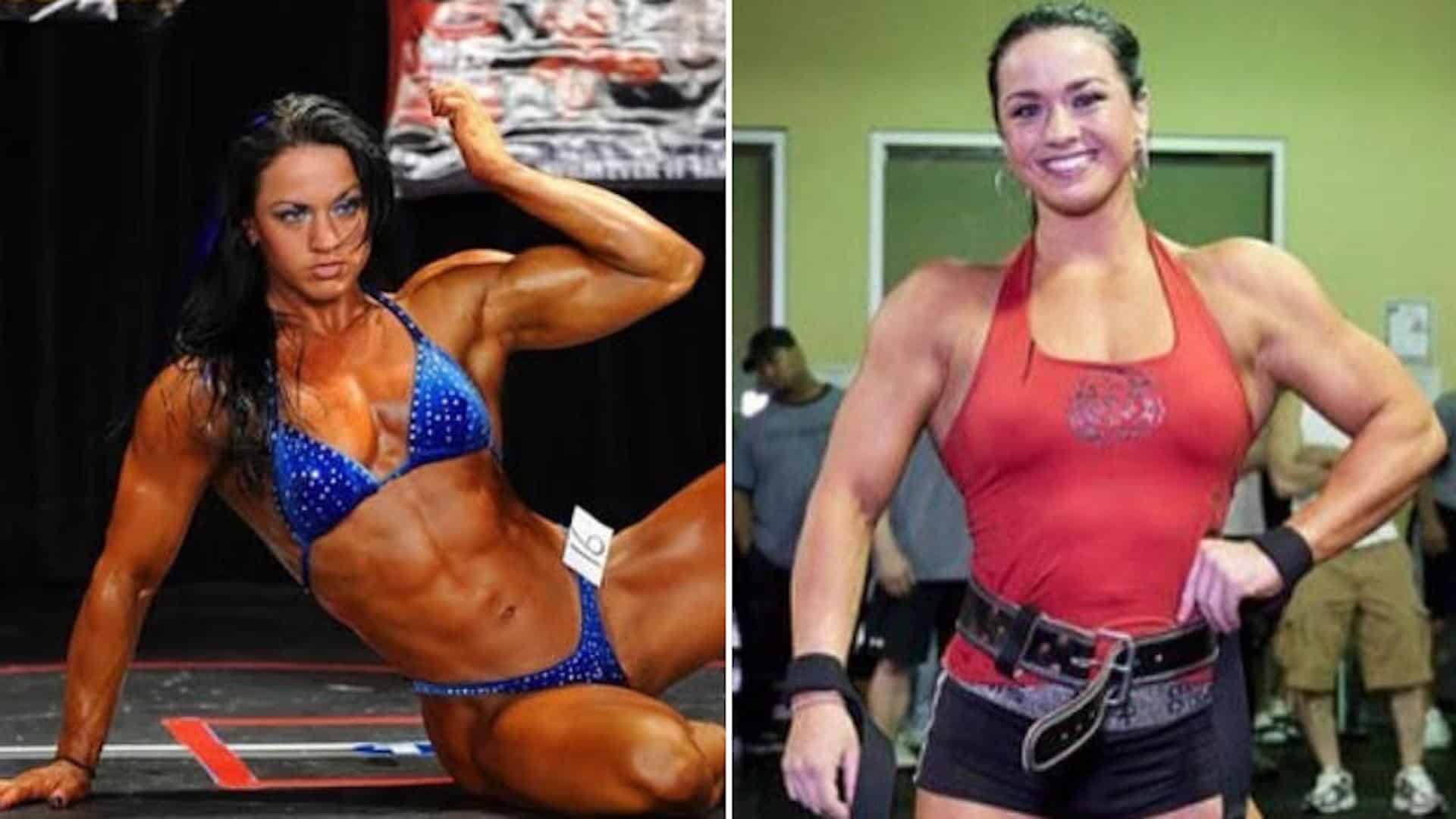People exercise for lots of reasons, but if you’re closer to retirement age, you may be working out with longevity in mind.
“When we talk about longevity, we’re talking about building a body that can support you well into the future: one that’s strong, mobile, and pain-free for the long haul,” says Alo Moves’ head trainer for Los Angeles, Louis Chandler.
“Strength training plays a key role in that process. Maintaining muscle mass helps improve joint stability, posture, balance and metabolic health, all of which become increasingly important as we age,” he adds.
If you aim is to work out for longevity, Chandler recommends doing these three strength training exercises, which target your core and lower body muscles.
Your core supports your trunk and protects your organs, keeping you upright when sitting or standing, and your lower body propels you forward, backward, up and down.
Keeping these areas strong will help with balance, posture and mobility.

Louis Chandler is a former professional athlete and certified personal trainer who now works in Los Angeles as the head trainer at Alo Wellness Club.
Three moves for longevity
1. Goblet squat

Sets: 1-3 Reps: 10-12
- Stand with your feet slightly wider than hip-width apart. Hold a dumbbell or kettlebell close to your chest with both hands, keeping your elbows tucked in.
- Engage your core and keep your chest upright.
- Lower into a squat by bending your knees and pushing your hips back, keeping your weight evenly distributed and heels grounded.
- Pause briefly when your hips are in line with your knees, your elbows should be close to your knees at this point.
- Press through your heels to return to standing, maintaining a straight spine throughout.
“Goblet squats help build lower body strength, reinforce good posture and improve core engagement,” says Chandler.
“They also train the body to move efficiently through the hips and knees, which is essential for maintaining mobility and independence as we age.”
Chandler also chose this movement because it’s easy to add resistance as you get stronger. “It’s accessible for a wide range of fitness levels and can evolve with you over time,” he says.
2. Reverse lunge
Sets: 1-3 Reps: 8-10 each side
- Stand up with your feet hip-width apart and your hands by your sides or on your hips for balance.
- Keeping your chest lifted and your core engaged throughout, step your right foot back and bend both knees to about 90° to lower. Your front knee should stay directly above your ankle.
- Press through your front heel to return to standing.
- Repeat on the other side, alternating sides with each rep.
“Reverse lunges are a functional lower-body movement that strengthens the legs while also challenging balance, stability, and unilateral control,” says Chandler.
He chose a reverse lunge instead of a standard forward lunge because it puts less pressure on the knees, making the exercise better for joint health.
“Each repetition also activates the core, helping to build coordination and control that support everyday movement,” he says.
3. Plank
Sets: 1-3 Time: 20-30sec
- Get on your hands and knees.
- Step your feet back so your legs are straight. You can either stay like this or come to rest on your forearms, with your elbows underneath your shoulders, for a greater challenge to your core strength.
- Keep your body in a straight line from head to heels, and engage your core, glutes, and legs. Avoid letting your hips sag or lift too high. Focus on keeping a neutral spine and steady breath.
- Hold for 20 to 30 seconds at first, gradually increasing the duration as your strength improves.
“Planks are a simple yet highly effective exercise for building core strength and postural stability,” says Chandler. “A strong core supports the spine, improves balance and enhances movement quality in everyday life.”




